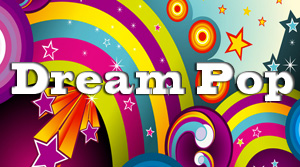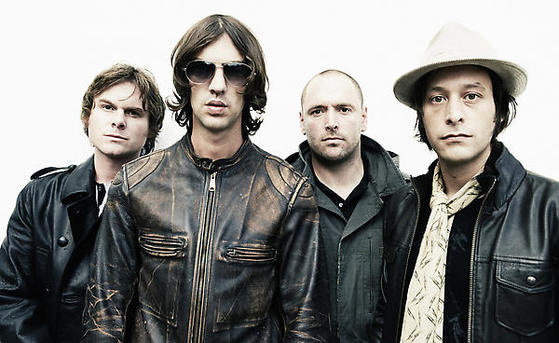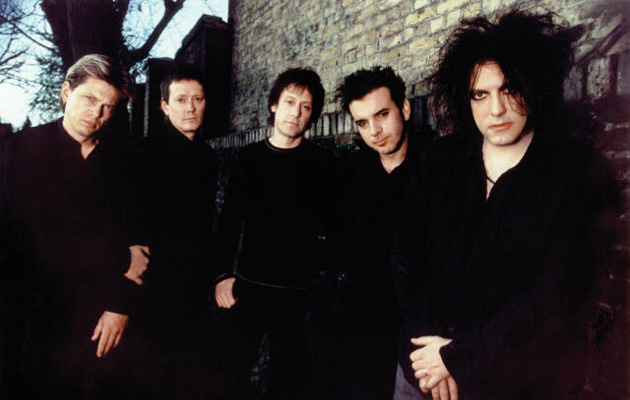 A thousand brands of popular music have proliferated from the electronic music movement. Like it or not, traditional music has borrowed largely from EDM production techniques to complement the typical sound of guitars, keyboards, drums and vocals with special effects. So, where does pop music end and EDM begin?
A thousand brands of popular music have proliferated from the electronic music movement. Like it or not, traditional music has borrowed largely from EDM production techniques to complement the typical sound of guitars, keyboards, drums and vocals with special effects. So, where does pop music end and EDM begin?
Dream pop, an alternative rock style about twenty years old, incorporates atmospheric and super-processed sound effects along with standard instrumentals and vocals. Using early elements of dark emotional groups like The Cure and The Velvet Underground, dream pop mixes psychedelic moodiness with electronic beats and sampling to create a truly innovative genre.
Some defining early dream pop bands include Galaxie 500, The Verve, The Flaming Lips and The Church. These groups used distorted, wailing guitars combined with breathy, echoing vocals and abstract, trippy lyrics to create a defining sound that harkens more to rock ‘n’ roll than electronic music.

The Verve
With rich melodies often sung in duet or chorus, the product is often ethereal and slow – but not always. Some bands discarded the emo qualities of dream pop in exchange for The Velvet Underground’s screaming punk rock elements, resulting in a sub-genre called “shoegazing”. Through the early 1990s, bands like Lush, Mazzy Star and The Smashing Pumpkins brought out trippy-sounding themes that influenced the whole alt-rock genre and poked creative holes in the gut-wrenching monotony of the grunge era.
Current dream pop bands have come to rely extensively on digital production, a practice that has brought them more in line with ambient EDM. Now known also as post-rock or anti-rock, this young genre has experienced significant resurgence and development through the late 2000s. This is the result of the increased popularity and presence of EDM in mainstream music, along with the availability of a wide range of production equipment.

The Cure
Now, single musicians like Diamond Rings or Final Fantasy are able to create entire albums in their own apartments. And the emotionalism of the 1980s and 1990s has melded with EDM and alt-rock to hail a modern era of post-pop music defined, if not by a typical sound, then by its soaring creative capabilities. How awesome is that?
Because it is utterly dependent on computerization techniques, dream pop is definitely contained within the electronic music spectrum. It can be situated where EDM and alternative rock start to mingle. Much of it is also extremely dance-worthy – emotionalism aside. Bands like M83 and Sigur Ros have been lumped into this genre, along with a host of other (mostly indie) acts like The xx, Panda Bear, Silversun Pickup and High Places.

Sigur Ros
With a wide range of artists and methodologies, this music belongs to the downtempo/ambient stream of EDM. Dream pop – or whatever you want to call it – invites experimentation and rewards the listener who is willing to pay attention and wait for the song to unroll itself. On other levels, it brings on a great high and makes you want to dance around with your friends, remembering what it was like to wear army boots and purple long johns to school. That is, if you weren’t playing hooky to go dye your hair.





